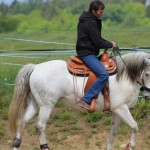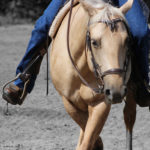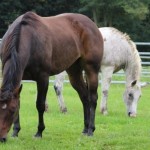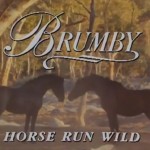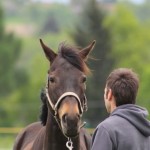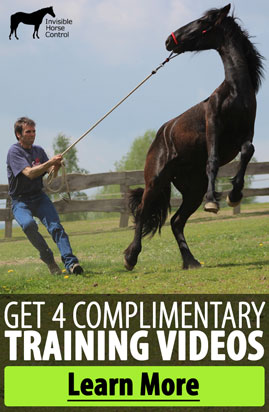Why is your horse bucking? But more importantly, how can you prevent your horse from bucking?
Why is your horse bucking while you are riding on him?
If your horse bucks while you are riding on him or while you are mounting, it is almost always because he doesn’t like something that you are doing, or asking him to do.
When your horse starts bucking, think about why is he doing it.
One of the most common reasons is that something that you are doing is hurting your horse and he is in pain. It doesn’t have to be a bad saddle, that is causing his back to hurt, however.
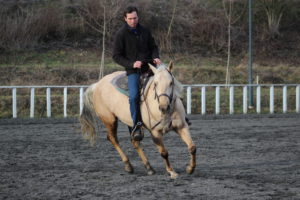
For example, maybe your horses back is too weak to carry the weight of the saddle and the rider. It can also be any of other very many reasons. But the true reason might not always be very obvious.
It might not just be because of pain
Another reason might be that your horse is getting scared of something that you are doing and that causes him to buck or go too fast.
In this case, you need to discover which part of your behavior is getting your horse scared of. You need to start acting in a way that your horse would understand and would make sense to him.
Make sure your horse understands what pressure means
What makes sense and is easy to understand is the concept of creating and releasing pressure.
When you want to ask your horse to do something, create pressure somewhere and then as soon as he does it, release the pressure.
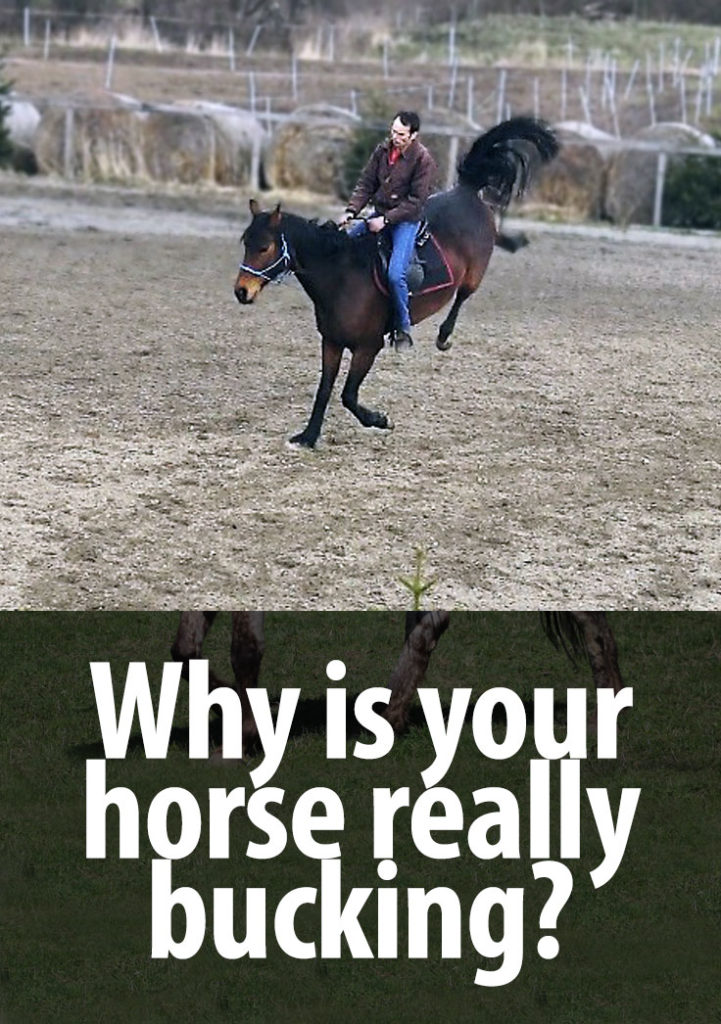
Pin this article on your Pinterest!
The way I get my horse familiar with pressure and how it works is usually by asking him to turn his head to the side. I gently start pulling pull a single rein to ask my horse to turn his head to the side.
As soon as my horse stops pulling on the rein and going against the pressure and turns his head to the side I release the pressure, even if it is just for a brief moment. I keep doing this exercise asking my horse to turn his head to both sides until he starts understanding the concept of applying and releasing the pressure.
I first ask my horse to turn his head while we are at standstill, then I start practicing it in walk as well.
The principle of creating and releasing pressure is the key to the whole horse training process. You ask your horse to do something by creating pressure and you tell him that he did what you wanted by releasing the pressure.
How horses communicate
Horses actually use kind of similar style of communication between one another. They can understand it well. A dominant horse, for example, is likely to push out other horses when there is feeding time.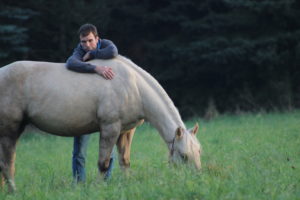
Sometimes the dominant horse might just turn his head to “tell” the other horse to go away if that is not enough he might kick the other horse. However as soon as the other horse gets away, the dominant horse will leave him alone. It is kind of the same as when you apply the pressure when you want something and release it when your horse does what you wanted.
Another reason why your horse might buck
If you have a lazier horse a common reason for his bucking might be that you want an exercise that is quite physically demanding and he doesn’t want to get tired. This kind of bucking often happens when you ask for a faster gait. It often happens when you ask for canter but it can also happen when you ask for trot.
If your horse bucks because he is feeling too lazy to do the exercise you just need to keep urging him while he is bucking and only stop urging him until he stops bucking and does what you wanted. So, for example, you ask for canter, but your horse starts bucking instead. What you need to do is to keep urging while he is bucking and do not stop until he stops bucking and goes to canter.
If you stop urging him before that, for example, you stop urging when he starts bucking, he is going to learn that if he doesn’t want to canter, he can just buck and you will stop asking for it. It is important to keep urging until your horse does what you were asking. The more times you stop urging when he is bucking the more difficult it will become to fix this problem in the future.
You need to be able to stay in the saddle while your horse bucks
It is not always easy to stay in the saddle when your horse starts bucking. If you correct your horse properly the first time he tries to buck it is likely not going to be that difficult. However, if you do not, it is going to be increasingly more difficult.
If you already got too far and you are afraid to be on your horse while he is bucking, you should get someone to help you as soon as possible and fix the problem before it becomes too big.
Happy riding!

